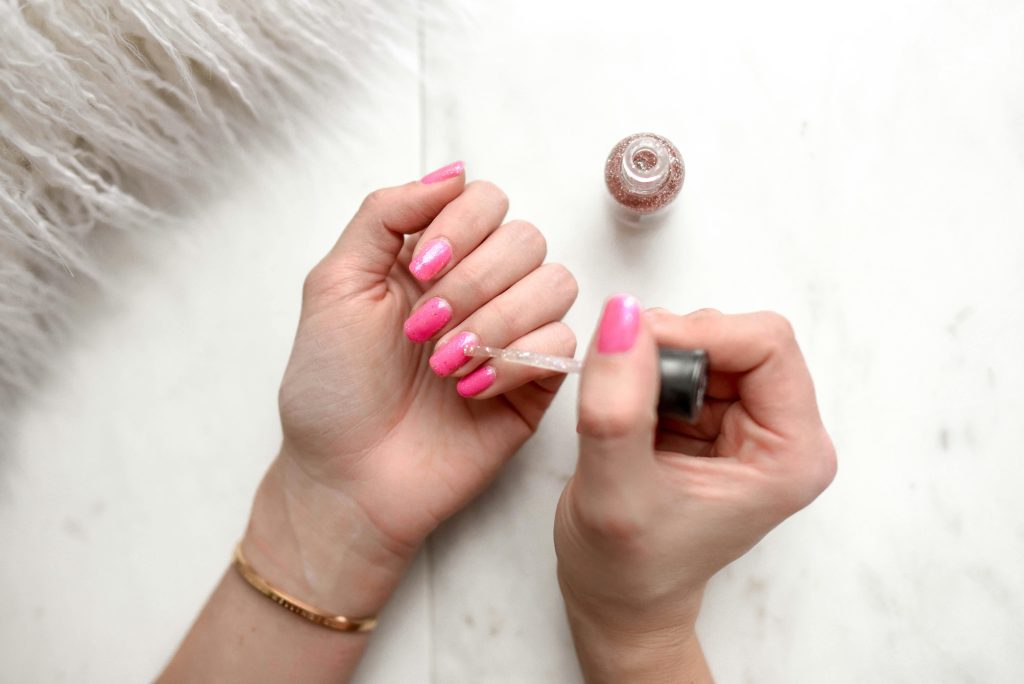In recent years, nail art has evolved from a niche hobby into a booming segment of the beauty industry. From minimalist designs to intricate 3D creations, modern nail art is a fusion of fashion, creativity, and precision. For those who enjoy working with their hands and have an eye for detail, enrolling in a professional nail art course is the first step toward building a rewarding and artistic career.

What to Expect in a Nail Art Course
A nail art course provides in-depth training on both foundational techniques and advanced styling. Beginners usually start with nail anatomy, hygiene, and the proper use of tools and products. From there, the curriculum expands to include basic polish application, gel nails, acrylic enhancements, and various nail art techniques like stamping, freehand painting, and rhinestone placement. More advanced modules may explore sculpting, chrome and holographic effects, and the use of airbrushing and UV gels.
Courses often blend theory with extensive hands-on practice, allowing students to develop steady hands and a creative mindset. Many programs also provide live demonstrations, client simulation sessions, and assignments designed to prepare students for real-world salon scenarios.
Career Opportunities in the Nail Industry
Graduates of nail art courses can pursue multiple career paths in the beauty sector. Popular options include working as a nail technician in salons or spas, becoming a freelance nail artist, or even launching a personal nail studio. Those with entrepreneurial ambition can build a brand around their nail designs through social media platforms or by offering mobile nail services.
There’s also the potential to specialize in editorial nail art, working with photographers, stylists, or beauty influencers. With experience, many professionals go on to teach nail art or create their own line of nail products or accessories. The industry is broad, and the demand for skilled nail artists continues to grow.
Benefits of Taking a Formal Course
A formal nail art course not only teaches essential skills but also enhances your credibility in the marketplace. Certification provides proof of professional training, which is especially important for clients seeking reliable, hygienic, and creative nail services. Many courses also include client consultation skills, pricing strategies, and basic business practices—helping students transition from learning to earning.
Completing a certified course can also be a requirement for applying for licenses, depending on local regulations. Whether you plan to work in a salon or operate independently, having a recognized qualification adds legitimacy to your service and increases your competitive edge.
Tools and Materials You Will Learn to Use
Professional nail artists must be proficient in using a wide variety of tools and materials. During a course, students learn how to work with nail files, buffers, brushes, electric nail drills, UV and LED lamps, and cuticle tools. They are also introduced to an array of products including base coats, topcoats, builder gels, nail tips, extensions, and an endless variety of pigments, glitters, foils, and stickers.
A key part of the course involves learning how to choose the right tools for specific designs and how to ensure each application is clean, precise, and long-lasting. Proper tool sanitization and safe product usage are emphasized throughout the training.
Building a Portfolio and Personal Brand
A professional nail art course also encourages students to build a portfolio of their work. High-quality photos of nail designs are vital for showcasing skills to potential employers and clients. A strong portfolio can be shared on Instagram, TikTok, or a personal website, helping build visibility and attract business. Many nail artists use their online presence to network, grow their audience, and even secure brand partnerships.
Creating a personal brand that reflects your style, values, and level of expertise is essential in a competitive market. Students are often guided on how to find their niche—whether it’s classic elegance, bold trends, or intricate artwork—and how to market their services effectively.
Choosing the Right Nail Art Course
When selecting a nail art course, it’s important to consider the reputation of the training institute, the credentials of the instructors, and the comprehensiveness of the curriculum. Some courses focus solely on nail art, while others include nail care and salon management. Look for programs that offer certification, practical training, and opportunities to practice with real clients.
Online courses may offer flexibility, but in-person classes provide more hands-on learning and immediate feedback from professionals. Many students benefit from hybrid programs that combine digital learning materials with in-studio practice sessions.
Turning Passion Into Profession
A nail art course transforms a personal interest into a professional skill set. Whether you’re starting from scratch or building on existing experience, formal training gives you the tools, techniques, and confidence to offer high-quality services. It’s a career that allows for both creativity and independence, and with the right education, you can turn your love for nail art into a sustainable and exciting profession.
